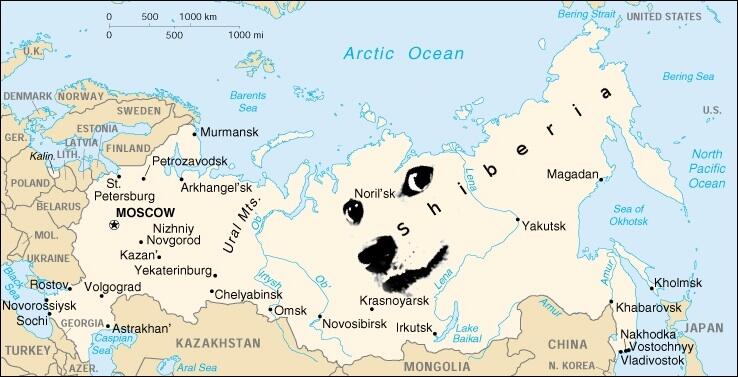
Siberia (/saɪˈbɪəriə/; Russian: Сиби́рь, tr. Sibir’; is an extensive geographical region, and by the broadest definition is also known as North Asia. Siberia has historically been a part of Russia since the 17th century.
Siberia is 13.1 million square kilometers (5.1 million square miles) and is extraordinarily rich in minerals, oil, and natural gas. Yet only about 40 million people live there.
The Tunguska Event, an explosion in Siberia in 1908, was 1,000 times greater than the atomic bomb dropped on Hiroshima, wiped out 80 million trees, and may have killed a total of 2 people.
During winter, in most of the territory, the powerful Siberian Anticyclone dominates, except in the eastern seas, where the clashes between continental and maritime air masses give rise to intense low pressure areas, which can bring heavy snowfalls. The climate is characterized by frigid winters: in fact, the coldest inhabited places in the world are found here.
One of Russia’s top universities is in Siberia. An academic town was built there in the 1950s as the region had natural resources but lacked research institutions and the first student dorms were tents in the forest.